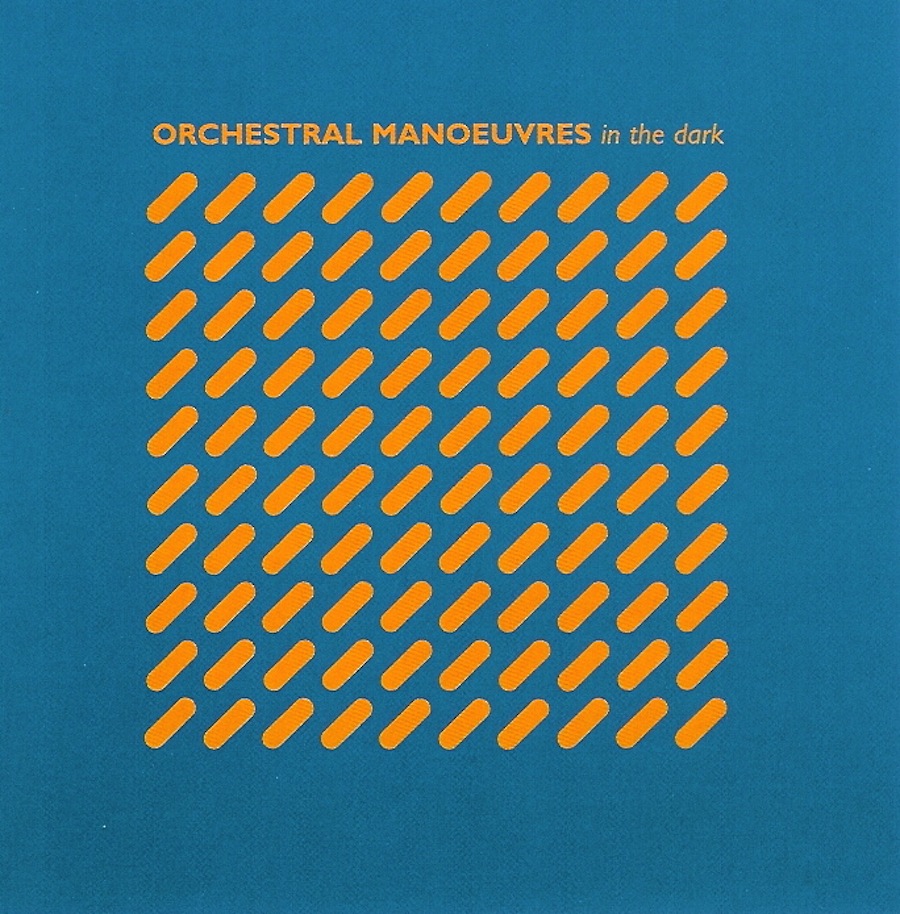by Merlijn Veltman
ELECTRONIC music is everywhere these days. Young com-posers and songwriters rather pick up a Casio MIDI-keyboard than the guitar or piano, and the constant increase in possibilities of computerized music gives everyone the ability to compose, produce and master their own tracks. Hence, a complete shift in the musical landscape is slowly taking hold, turn-ing from the guitar-based music of the 90’s and 00’s to a revolutionized form of synthesizer and computer-based music. This is a new, musical era.
Bands such as Years & Years, Oscar and the Wolf, Austra, Chvrches and even the newly released album IN DREAM of the ever-changing Editors all have one thing in common. Instead of adhering to the standard band-composition of two guitarists, a bass-play-er, a drummer and perhaps a keyboard player, they chose to implement a com-pletely new set of tools into their mu-sic. The tools provided by the comput-er. Though this may seem to be a new, unique way of making music, the same trend actually established itself in the late 70’s. However, at that time, the modern day tools of the computer – an ever-increasing database of synthesizer sounds – were actual synthesizers.
One of the most significant forerunners of this phenomenon was the band Orchestral Manoeuvres in the Dark (OMD), who formed in 1978 on the Wirral Peninsula, North West England. The band existed of a combination of several instruments – drums, synths and the occasional guitar/bass – and was fond of creating both seemingly simplistic but evidently complex synth-pop with new-wave influences. In fact, OMD unknowingly set out on a path of no return, signalling a shift in music that would only truly arrive years later, during the 21st century. During the 70’s however, bands were only just figuring out the endless possibilities that synthesizers entailed.
One of the important aspects oOMD’s music was the experimental thought behind it. They continued to re-invent themselves, utilizing brand new instruments, such as the Mellotron – a form of electronic keyboard usually associated with prog rock – and chang-ing the distinct sounds of their synths. Especially in their first albums, from the self-titled first album to their third LP Architecture and Morality, OMD intentionally experiments with their music. Contemporary artists making alternative electronic music also participate in this experimenting, because the pos-sibilities of computer-based synthesiz-ers are virtually unlimited.
Naturally, OMD was not the only band or artist to realize the potential within synthesizers. Gary Numan, known for his hits Are Friends Electric? and Cars, helped OMD in their first musical endeavours, perhaps realizing the impact that they would make later on. However, Numan’s synth based music should also not be left out of the equation. Other artists joined the fray and the British electronic new wave ex-perienced a golden era, only to give in to the emerging heroes of the 90’s, the likes of Oasis. However, the electron-ic new wave sound that protruded the British popular music scene in the late 70’s and early 80’s can be seen as one of the fundamental influences on cur-rent day popular alternative electronic music. The musicians who engrossed themselves in the electronic new wave scene in England can be credited for paving the way for the contemporary surge of alternative electronic music. They showed musicians the possibilities, they gave them the tools, and af-ter taking a decade or two to figure out the endless powers of computerized music, contemporary musicians final-ly realized that a new musical era is at hand.
Merlijn Veltman, Class of 2016, is a History major from Rotterdam, The Netherlands.

